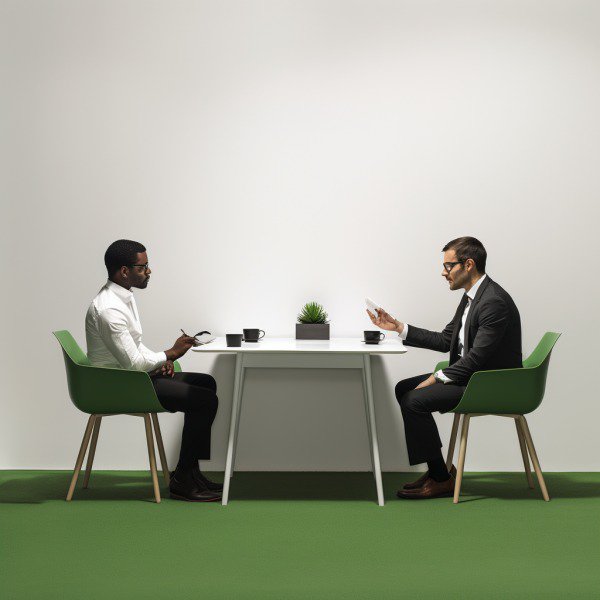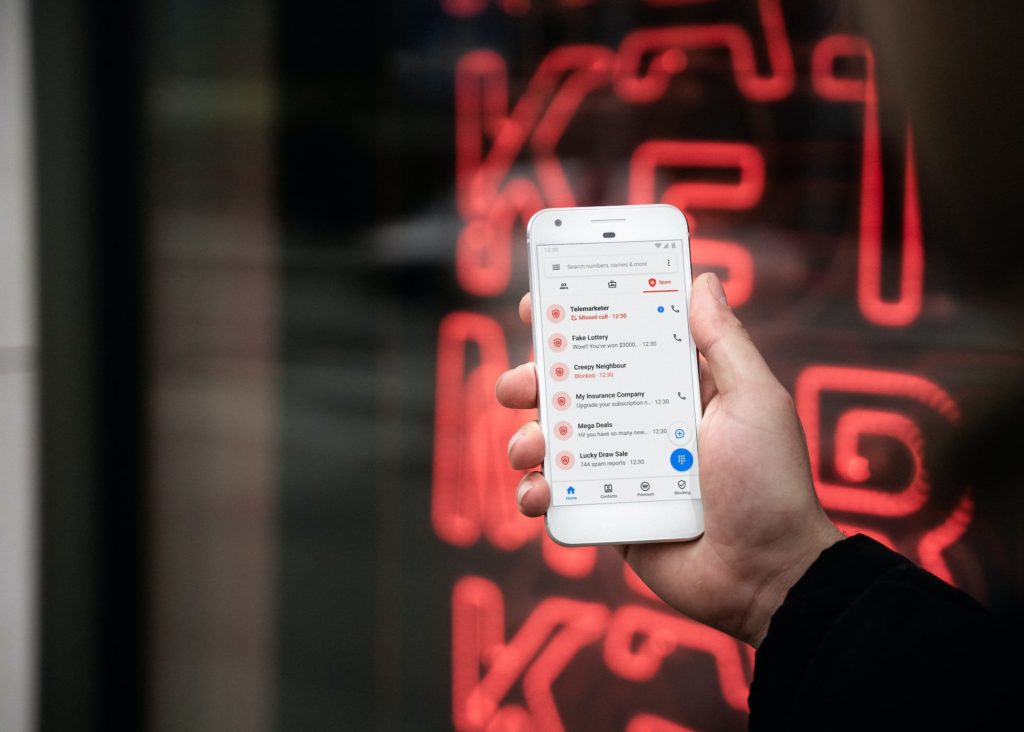Scaling Product UX Design Team can be quite the challenge.
The process is often riddled with uncertainty and confusion. And when it’s time to expand, that becomes their biggest hurdle…
You guessed it – Scaling the Product UX Design Team.
Many struggle with this transition, not knowing where to start or how to proceed effectively. This is what separates a small-scale operation from an established business entity.
If you’re unsure about scaling your team in a sustainable manner, reaching new heights might remain just a dream.
Ladies and gentlemen, let me tell you – building an effective design team isn’t easy!
A fellow entrepreneur once shared his woes of hiring additional help for his growing workload… only for them to leave shortly after joining.
This has left him hesitant
Table Of Contents:
- The Art of Scaling a Product and UX Design Team
- Unpacking the Power of Mentoring and Knowledge Sharing for Career Growth
- Character vs Portfolio – What’s the Real Deal?
- Effective Strategies for Scaling Product UX Design Team
- FAQs in Relation to Scaling Product UX Design Team
- Conclusion
The Art of Scaling a Product and UX Design Team

When it comes to scaling your product design organization, the task is far from straightforward. It’s not just about growing numbers; there are many factors at play that require strategic planning.
Take color choice for instance – something as seemingly simple can present significant challenges. Carroll and Carroll chose orange for its representation of energy and youthfulness, but incorporating this into their designs without overwhelming users was no easy feat.
Balancing Benefits And Drawbacks Of A Proactive UX Specialist
A dedicated UX strategist brings several advantages such as improved peer reviewing processes, fostering communication through related articles on design thinking among team members, and revolutionizing knowledge management within teams by creating an environment conducive to learning and sharing experiences.
However, hiring one too soon might introduce advanced systems that may overwhelm smaller teams who are still figuring out their workflow dynamics. Additionally, the cost factor cannot be overlooked – not all startups have sufficient budget allocated towards expanding their product designers operations rapidly.
User Feedback: The Heartbeat Of Your Design Process
- Gathering user feedback becomes crucial when you’re trying to scale while maintaining quality control over output.
- This allows you to understand what works well but also identify areas where improvements are needed, thereby ensuring products remain aligned with end-user expectations even as you expand the scope of work involved.
Unpacking the Power of Mentoring and Knowledge Sharing for Career Growth
Mentorship, a relationship where experienced professionals pass on their wisdom to less seasoned team members, is an integral part of career growth. It’s not just about transferring technical skills; it encompasses sharing leadership abilities, communication strategies, and problem-solving techniques – all crucial elements in scaling businesses.
This symbiotic exchange creates an environment that promotes collective goal-setting and increased peer reviewing within product teams.
The Importance of Continuous Learning During Breaks
Breaks don’t mean putting your professional development on hold. On the contrary, unemployment periods provide opportunities for UX designers to learn new design tools or hone existing ones without work-related pressures interfering with their progress.
- Taking advantage of free resources available online such as tutorials by service designers at websites like UX Collective.
- Leveraging this time off to stay updated with the latest trends in product design organization while also picking up practical tips for revolutionizing knowledge management once back at work.
Promoting Peer Review for Personal and Team Development
- Fosters individual performance improvement through feedback gathered during these sessions;
- Strengthens overall team output ensuring consistency across projects undertaken by various team members;
These invaluable insights help identify potential areas needing improvements both personally and within the broader organizational structure.
Character vs Portfolio – What’s the Real Deal?
We’ve all been there, right? The eternal debate in product design: character or portfolio. Which one weighs more? Dalen reckons that while both are vital, character might be a tad bit heavier on the scale. Let’s dissect this further.
A Deep Dive into Character
The essence of a designer is reflected not just through their work but also their persona – communication skills, team collaboration abilities, and work ethics, to name a few. These traits could determine how well they gel within your product teams.
Hiring managers often scout for these attributes during interviews as they’re indicators of potential success (or disaster) within company culture.

Your Portfolio: A Mirror Image of Skills & Experience
The portfolio serves as an explicit reflection of your UX capabilities; it displays past projects that highlight technical prowess along with problem-solving acumen and creativity.
- An impressive portfolio can certainly turn heads among prospective employers or clients.
- However, does it truly reflect how you’d perform amidst diverse team dynamics or under high-pressure scenarios when scaling business operations?
Finding Equilibrium Between Character And Portfolio
Balancing between showcasing talent (portfolio) and demonstrating positive personal traits such as reliability and adaptability (character) is key here.
- If someone has remarkable tech chops but lacks people skills, harmony within product designers may get disrupted, impacting collective goal setting negatively.
- In contrast, if somebody possesses great interpersonal abilities yet falls short technically, then contributing effectively towards project goals becomes challenging.
Therefore, there is a need to balance solid portfolios reflecting robust experience alongside nurturing commendable personality traits conducive to a healthy organizational structure.
Effective Strategies for Scaling Product UX Design Team
As the team grows, it becomes crucial to implement effective strategies to ensure collaboration, talent development, and drive innovation in design.
Collaboration is Key
One of the most important aspects of scaling a UX design team is fostering collaboration. Encourage open communication and create a culture of sharing ideas and feedback. Implement tools and processes that facilitate collaboration, such as design systems, shared documentation, and regular team meetings.
Talent Development and Growth
As the team expands, it’s essential to invest in talent development. Offer chances to hone abilities and progress via instructional classes, seminars, and coaching. Encourage team members to explore new design techniques, stay updated with industry trends, and attend conferences or design events.
Driving Innovation in Design
To drive innovation in design, encourage experimentation, and a culture of continuous improvement. Foster an environment where team members feel empowered to take risks and explore new ideas. Implement design thinking methodologies and involve the team in user research and testing to gather insights and drive innovation.
By implementing these strategies, you can effectively scale your product UX design team while maintaining a collaborative and innovative culture. Bear in mind, scaling isn’t just about augmenting more designers; it’s also about developing a milieu that propels expansion, cooperation, and invention.
FAQs in Relation to Scaling Product UX Design Team
How do you scale a UX design team?
To scale a UX design team, focus on hiring talented individuals with diverse skills, foster collaboration and creativity within the team, and invest in continuous learning and mentoring programs.
How do you scale a product design team?
Scaling a product design team involves identifying gaps in your current setup, recruiting skilled designers to fill those roles, encouraging knowledge sharing among members, and promoting pragmatic decision-making.
What is the role of a UX designer in a product team?
A UX designer’s role in a product team includes creating user-friendly interfaces that enhance customer experience. They also conduct usability tests to ensure optimal performance of products.
Is UX design oversaturated in 2023?
No. The demand for UX Design skills continues to grow across various industries due to the increasing emphasis on user-centric designs. This trend is likely to persist into 2023 and beyond.
Conclusion
Cooperating and being practical are the keys to success in this undertaking, allowing for both personal inventiveness and successful decision-making inside your group.
Mentoring plays a crucial role in career growth, offering value to both mentors and mentees while promoting continuous learning even during periods of unemployment.
The debate between character vs portfolio highlights the importance of not just skills but also personal attributes in building strong teams.
With the increasing demand for UX design skills across industries, riding this wave could prove beneficial for many aspiring designers out there.
Navigating corporate waters involves convincing management about the worthiness of innovative products – a challenging task that can lead to significant impacts over time if done right.
Finding the balance between specialization and exposure early on helps shape successful careers by combining deep expertise with broad skill sets.



